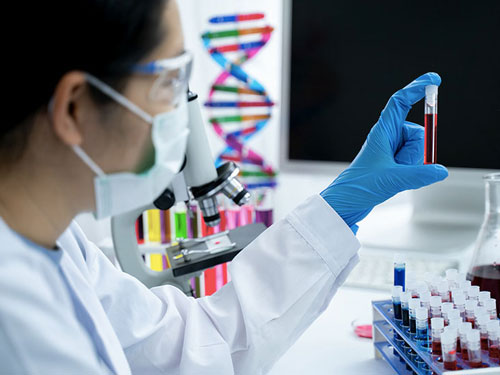THIS modified version of hemo globin carries less oxygen and leads to rigid, distorted cells, which can block blood vessels.
A drug candidate called FTX-6058 restores the body’s ability to produce fetal hemoglobin, which is normally produced in only small amounts after birth.
A phase 1 clinical trial in healthy volunteers found that the drug is safe.
The researchers are planning a phase 2 clinical trial, scheduled to start in patients in late 2021.
Sickle cell disease is a group of inherited disorders that affect red blood cells.
Healthy red blood cells are flexible discs. In people with sickle cell disease, however, they are rigid and C shaped, resembling a sickle.
These cells are shorter-lived than healthy red blood cells and can get stuck in small blood vessels.
Not only are the blockages painful, but they also increase the risk of stroke, heart disease, kidney failure, and other life threatening conditions.
The root cause of sickle cell disease is a genetic mutation that produces a modified version of the oxygen-carrying molecule hemoglobin in red blood cells.
According to the Centers for Disease Control and Prevention (CDC)Trusted Source, about 100,000 people in the United States have sickle cell disease.
The condition is relatively rare among white people in the U.S., but around 1 in 365 Black people there are born with the disease.
These individuals have in their cells two copies of the gene that has undergone a mutation. Yet around 1 in 13 Black people in the U.S. carry a single copy of the gene and show few, if any, symptoms.
Currently, the only cure for sickle cell disease is a stem cell or bone marrow transplant. However, according to the CDCTrusted Source, this is a very risky procedure.
Scientists at the American biotech company Fulcrum Therapeutics, based in Cambridge, MA, are exploring an alternative strategy.
Humans produce an alternative version of hemoglobin in the womb, which is called fetal hemoglobin, but its production normally greatly reduces shortly after birth.
This explains why people with sickle cell disease do not start to develop symptoms until 3 or 4 months after they are born.









